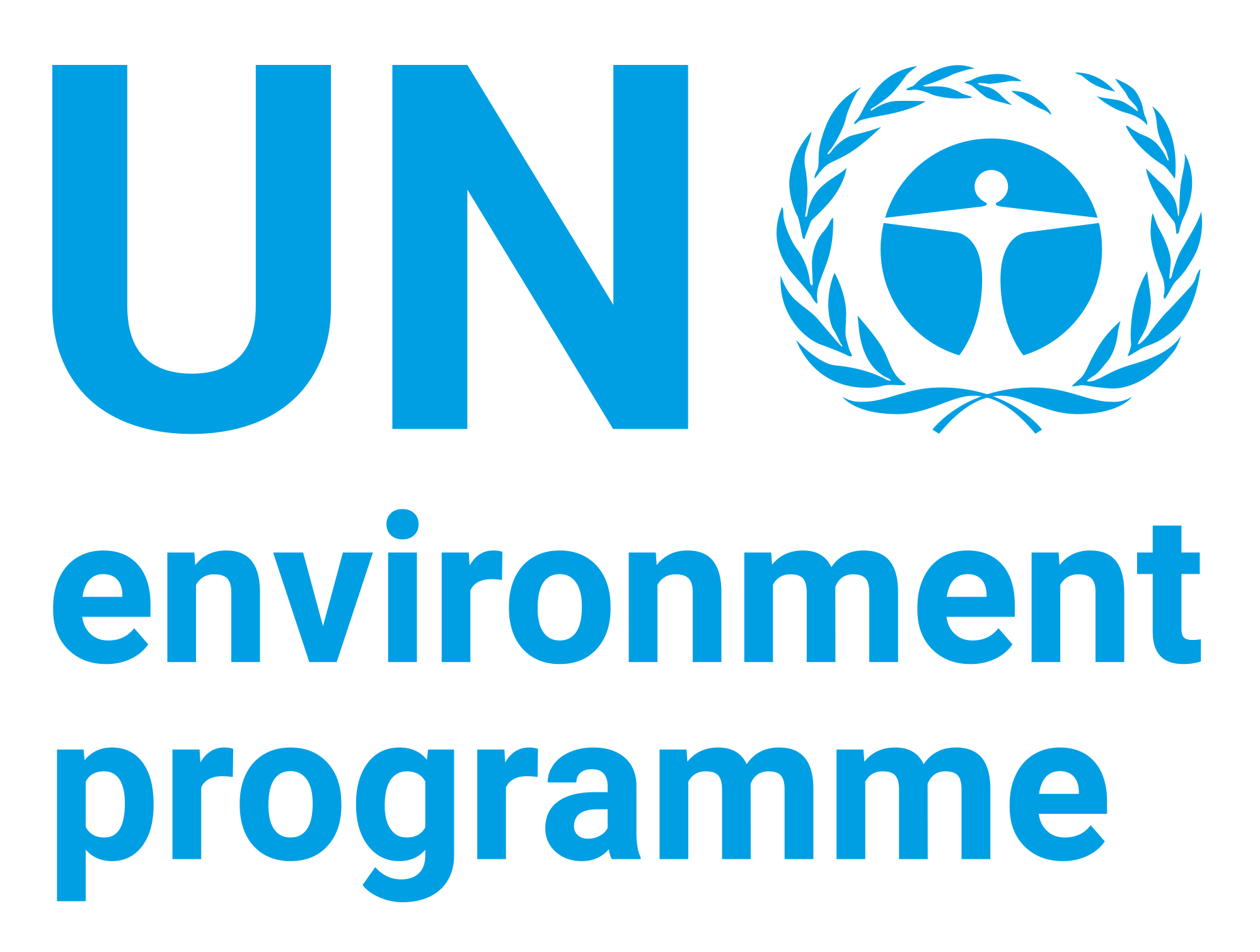| dc.contributor | Ecosystems Division | en_US |
| dc.contributor.author | United Nations Environment Programme | en_US |
| dc.contributor.other | World Wide Fund for Nature (WWF) | en_US |
| dc.contributor.other | International Union for Conservation of Nature (IUCN) | en_US |
| dc.contributor.other | International Olympic Committee (IOC) | en_US |
| dc.contributor.other | World Meteorological Organization (WMO) | en_US |
| dc.coverage.spatial | Global | en_US |
| dc.date.accessioned | 2019-07-28T13:15:55Z | |
| dc.date.available | 2019-07-28T13:15:55Z | |
| dc.date.issued | 1993 | |
| dc.identifier.uri | https://wedocs.unep.org/20.500.11822/28991 | |
| dc.description | For once, the popular mythology contains some truth. Coral reefs can be likened to tropical forests in certain important ways. Both reefs and jungles are biologically diverse in comparison with other ecosystems. Reefs are an essential supplier of protein to subsistence communities; a valuable currency earner for low-income countries through exploitation of their resources and through tourism; a protector of land; and a naturalist's paradise. | en_US |
| dc.format | Text | en_US |
| dc.language | English | en_US |
| dc.rights | Public | en_US |
| dc.subject | coral reef | en_US |
| dc.subject | tropical forest | en_US |
| dc.subject | ecosystem | en_US |
| dc.subject | climate change | en_US |
| dc.title | Reefs at Risk: Coral Reefs, Human Use and Global Climate Change - A Programme of Action | en_US |
| wd.identifier.sdg | SDG 2 - No Hunger | en_US |
| wd.identifier.sdg | SDG 14 - Life Below Water | en_US |


